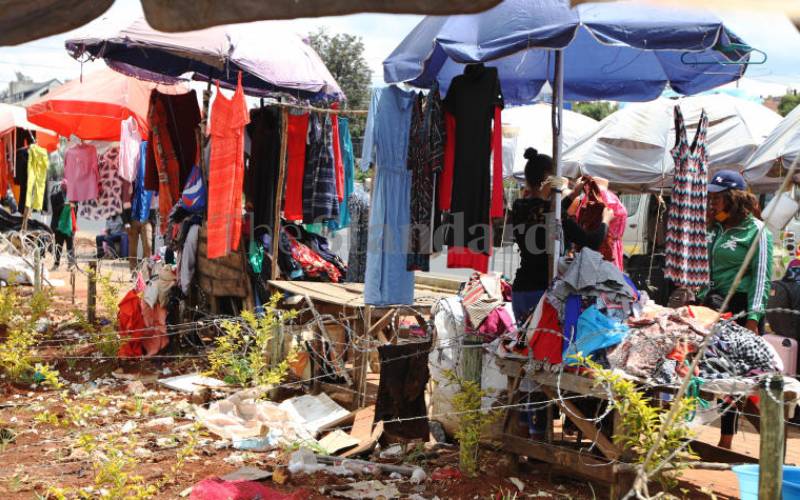×
The Standard e-Paper
Join Thousands Daily

Not only is second-hand shopping good for the planet and your wallet, our new research finds the more style-conscious you are, the more likely you are to shop for second-hand clothes and accessories.
In the 2020-21 financial year, 72 per cent of Australians purchased at least one item of second-hand clothes – but we wanted to know more about people who were shopping second-hand.